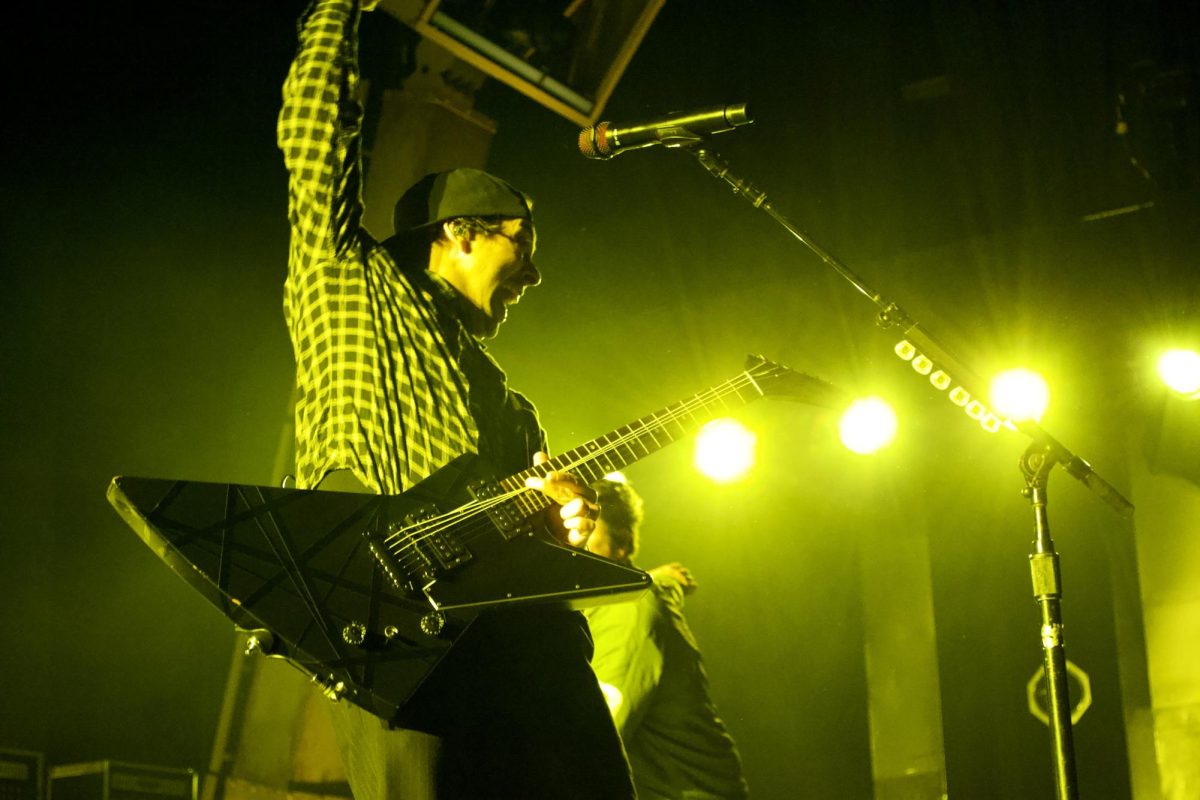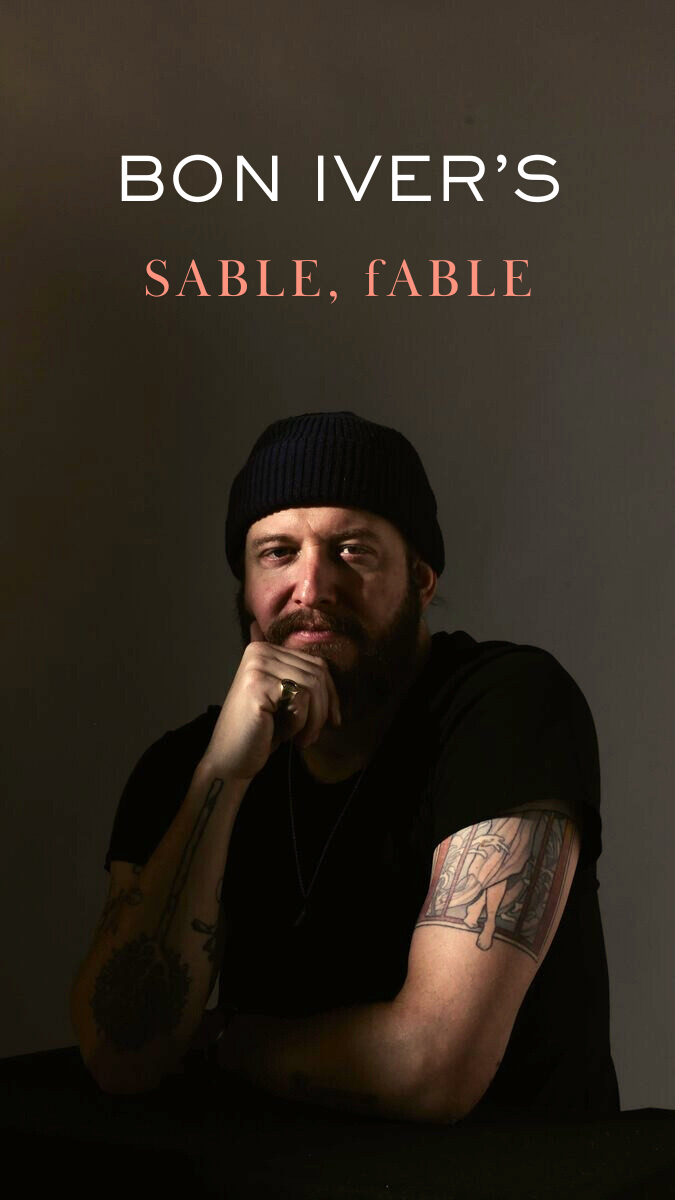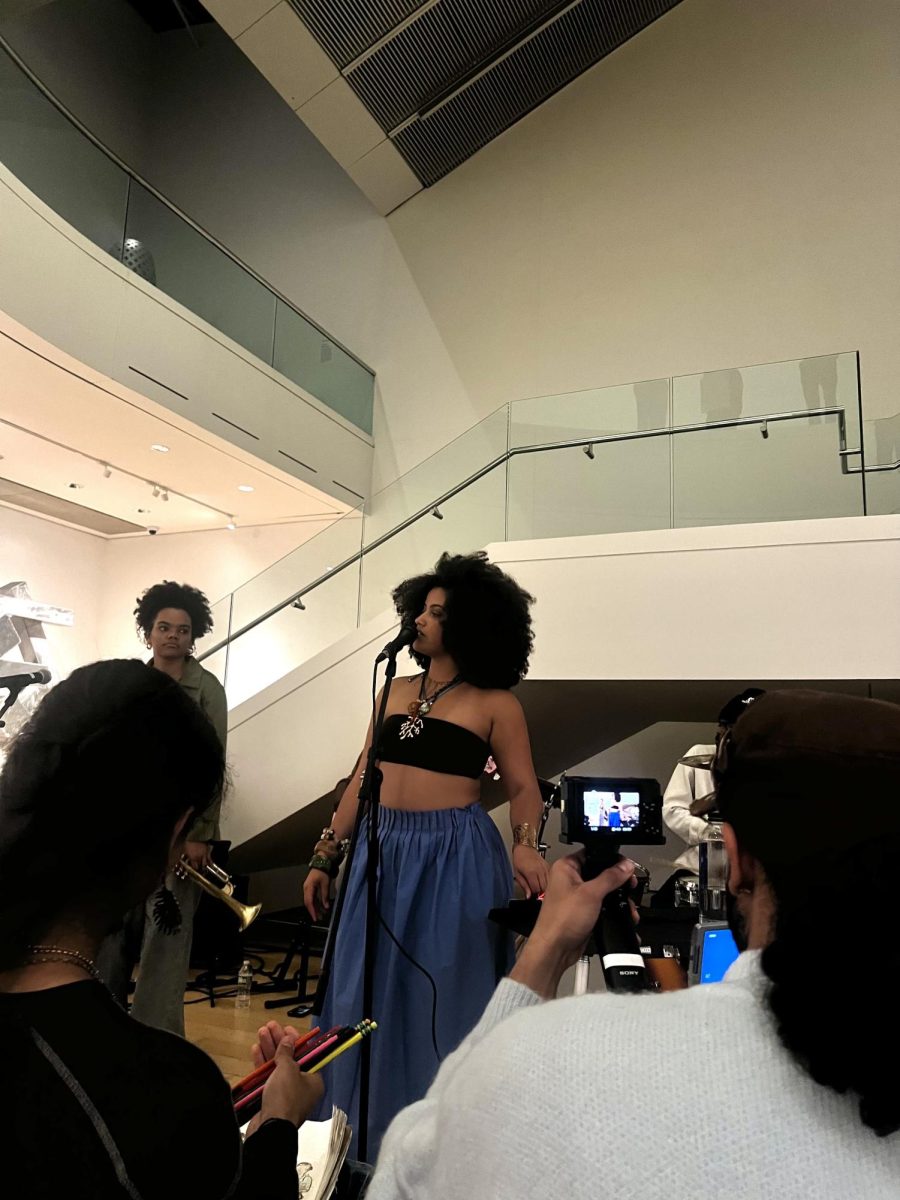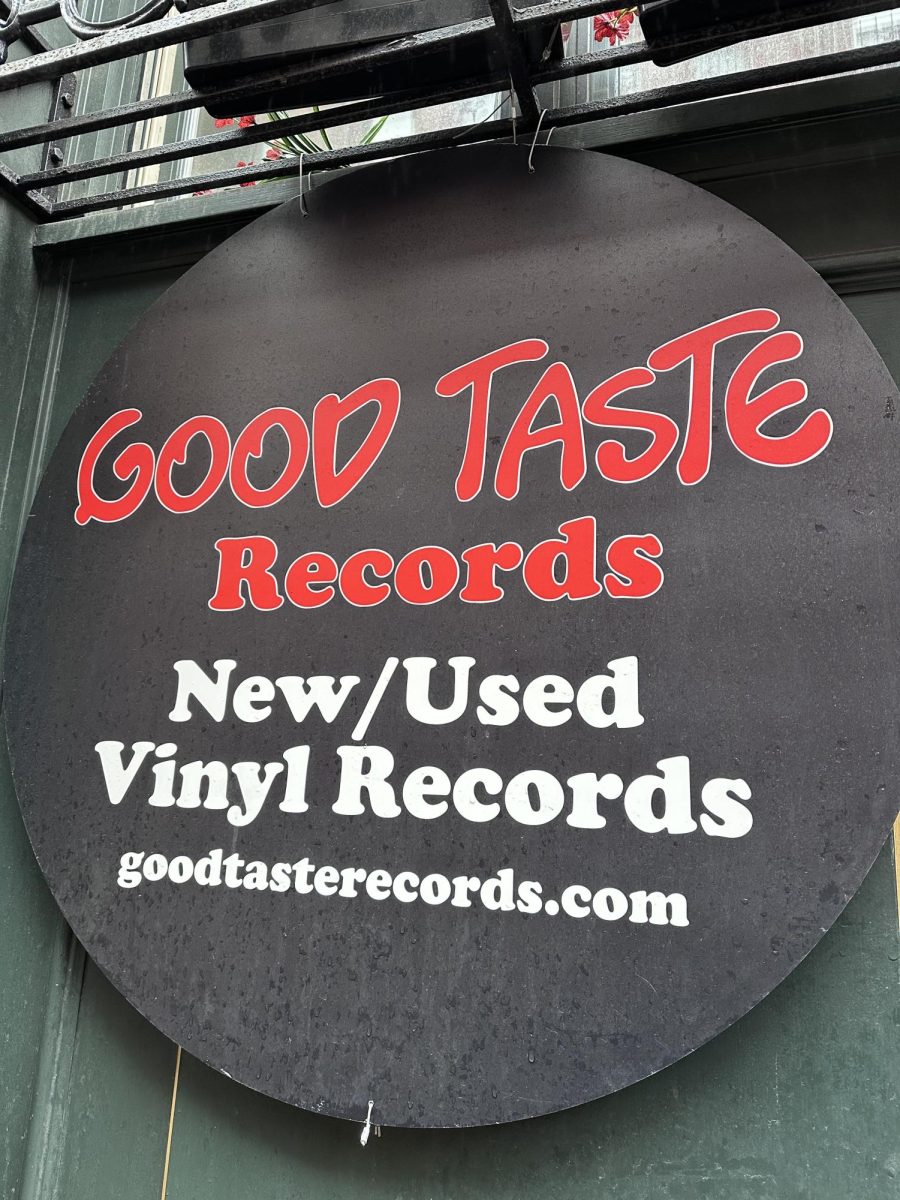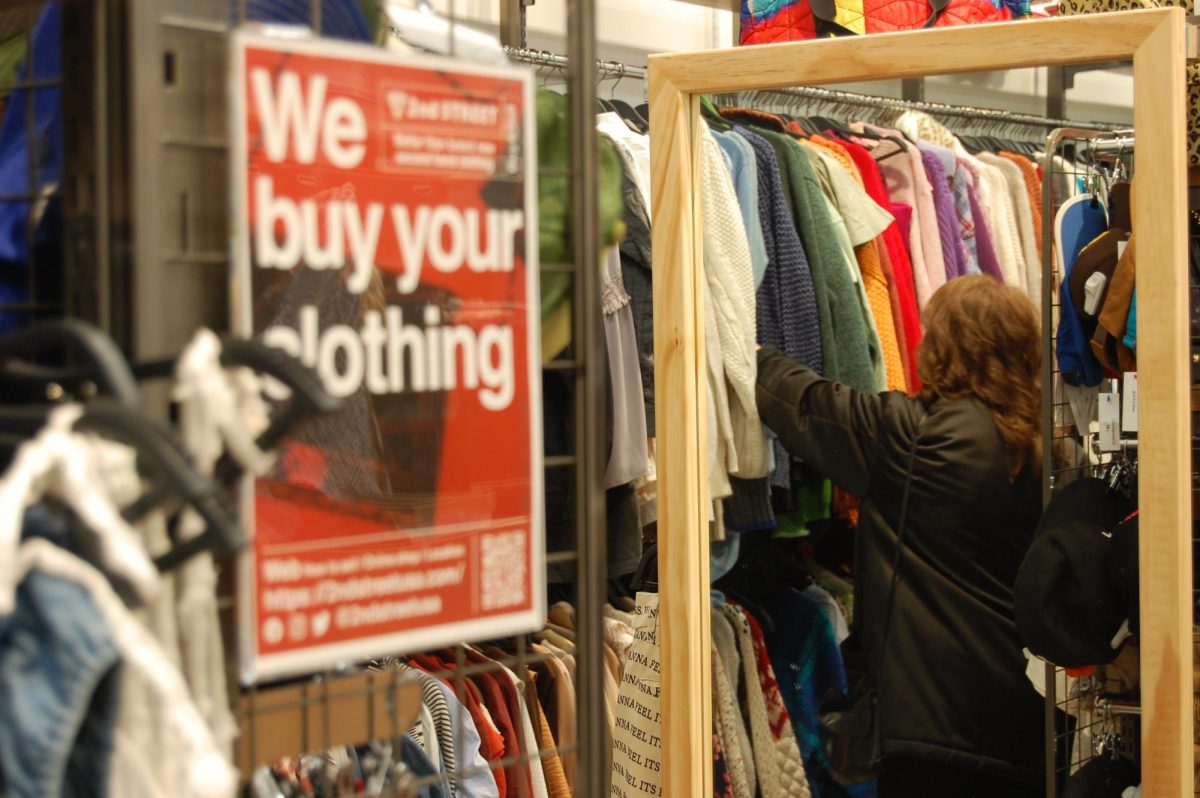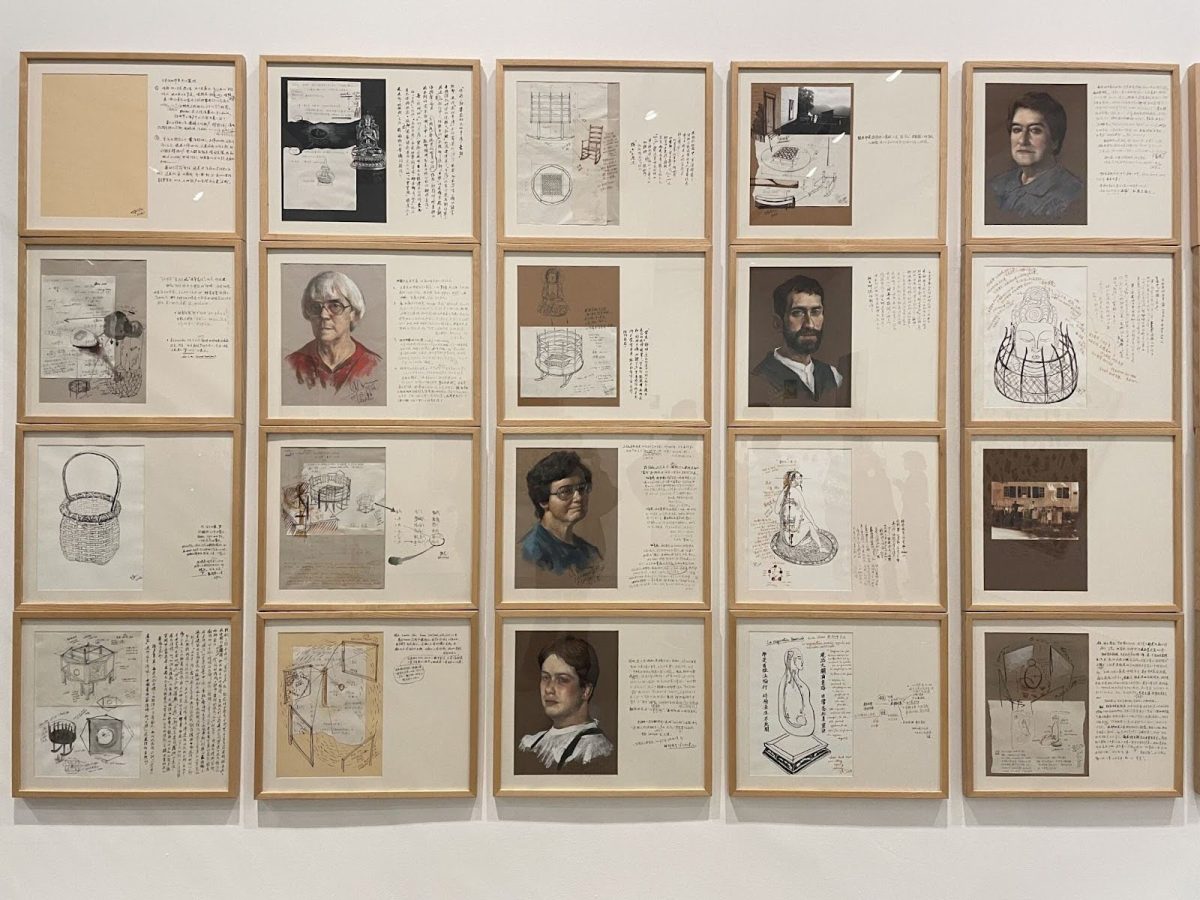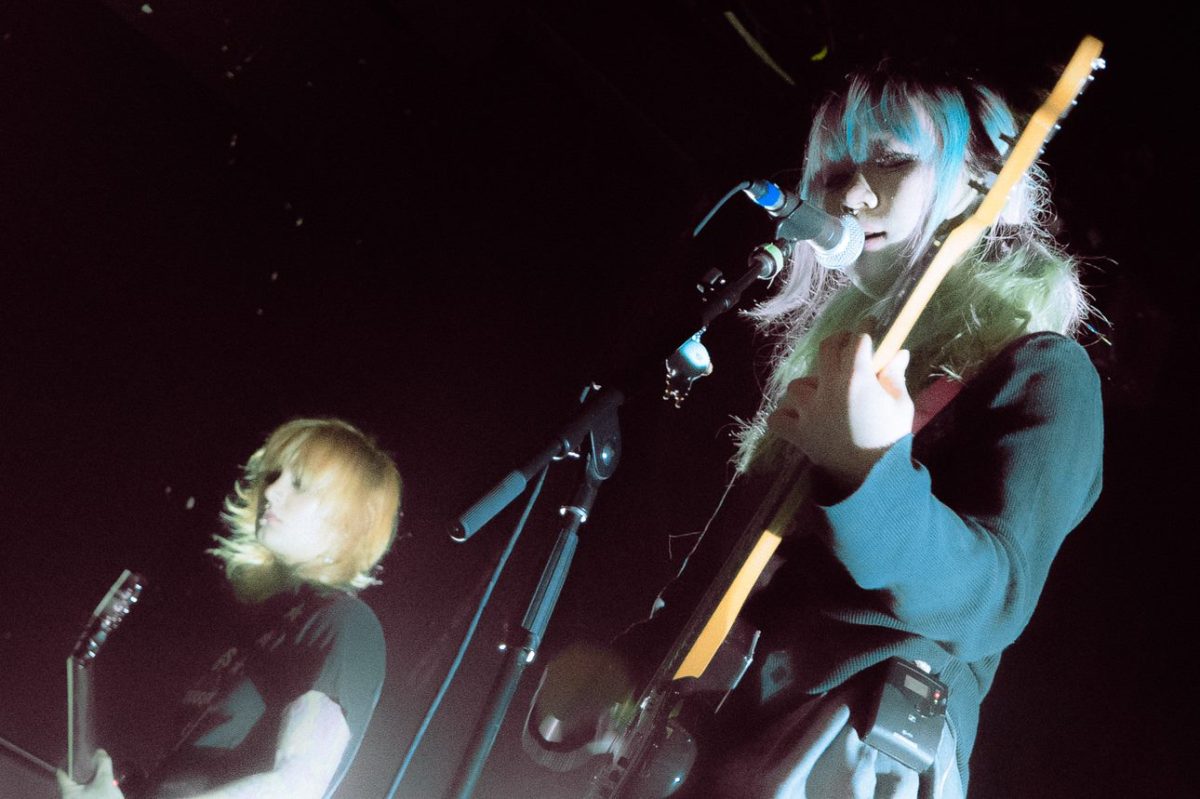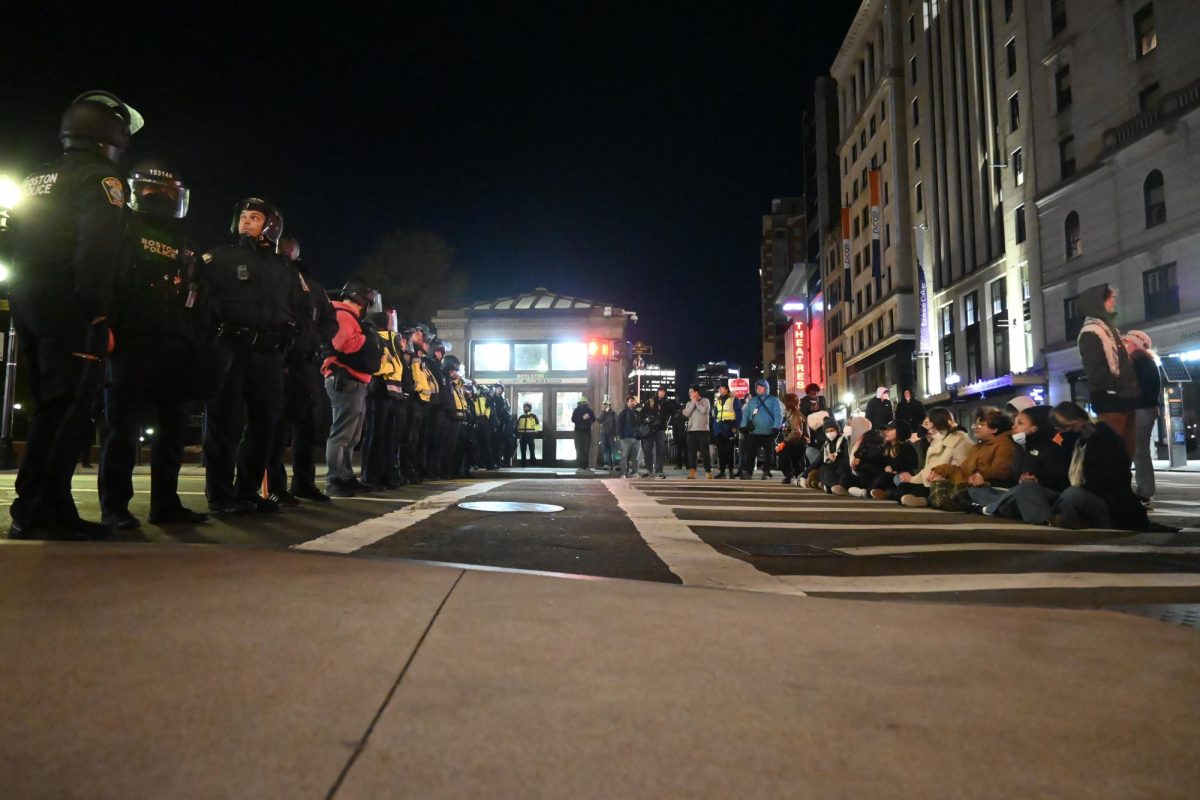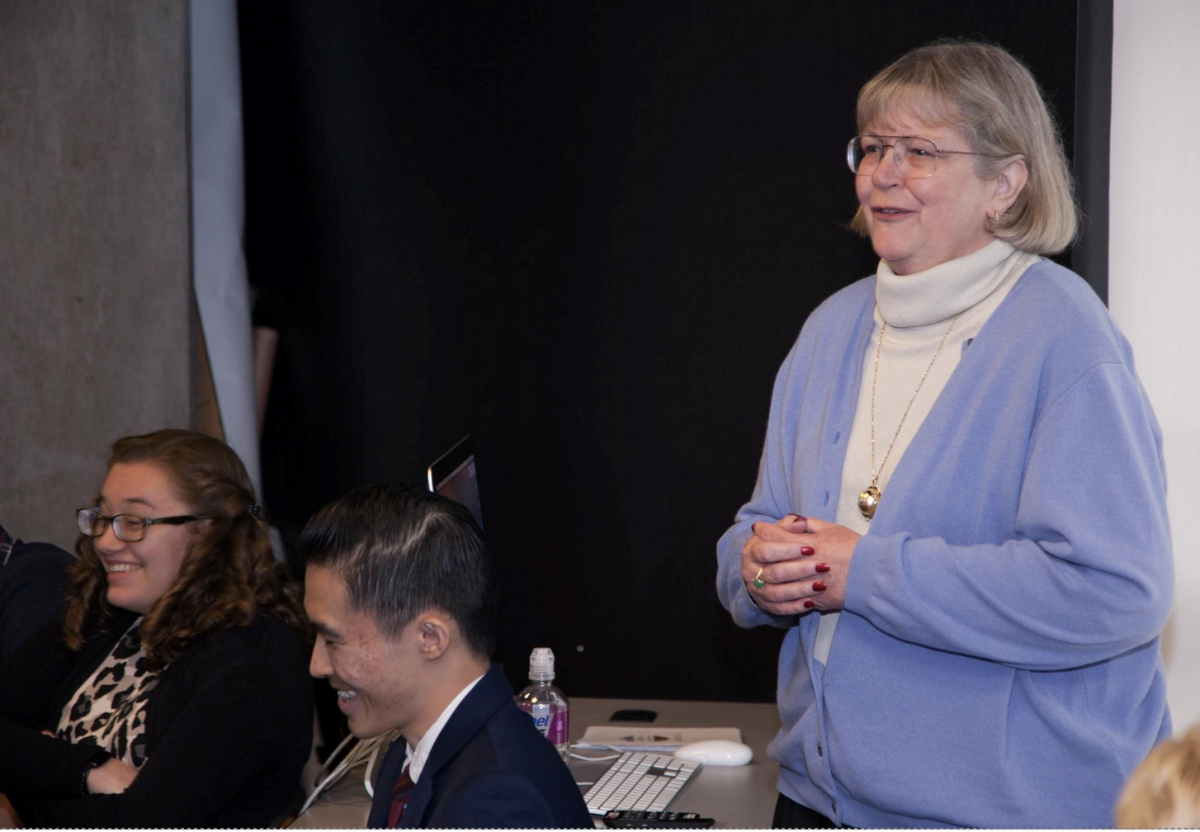Four letters create a one-syllable word that assumes so many meanings in our society p-i-n-k. Indeed, the Pink Ribbon has become a pioneer symbol of the fight to cure breast cancer, while Victoria’s Secret advocates the color as the ultimate fashion statement. And when we are happy, we are to consider ourselves tickled pink.
But what is it exactly about this color that has given it license to serve so many purposes, to be at once a source of hope during illness, a symbol of intimacy or the best hue for a girl’s party dress?
In a seemingly unprecedented effort, the Museum of Fine Arts, Boston (MFA) has turned to art to answer this question and consider many more with their new exhibition, “Think Pink.”
“Think Pink” presents a multimedia display of artworks, including both those never-before-seen from the museum’s collection and acquisitions, to discuss the evolution of the color’s meaning and function from the 18th Century to present day. And it should come as no surprise that it arrives in October, Breast Cancer Awareness Month.
Much like the color, the exhibition is multifaceted. It it as once both high-fashion and arguably reminiscent of childhood.
As one crosses the threshold of the glass doors, they are greeted with a runway of mannequins dressed in gorgeous fashions by prominent designers like Ralph Lauren and Christian Dior. Yet as they move counterclockwise around the exhibition, they are confronted by scientific books about flowers, boyhood sailor’s outfits, children’s dolls and 18th Century mens’ formal dress. It takes a bit of consideration to understand the connection between them beyond their color — the ultimate characteristic of a meaningful exhibition.

Introductions are in order first and the exhibition does a good job in achieving this responsibility, explaining where and how the color got its namesake.
Next, viewers are introduced to a variety of food for thought, including the changing gender roles of the color.
Elements of surprise are included in this exhibition, which renders it not only beautiful but educational. On one wall are a boy’s sailor suit and a child’s delicate pink dress from 1825 with prominent shoulder puffs, which many would assume to have belonged to a girl’s wardrobe. Yet, the item’s label tells us that pink was once considered a strong color for boys and men alike, and dresses were considered functional for boys under eight.
Viewers are also invited to make comparisons of their own. A Ralph Lauren men’s pink suit from the current year stands alongside a traditional eighteenth century men’s formal suit from France, purple and adorned with floral embellishments. The pair provokes the viewer to consider how different versions of business-wear separated by culture and centuries can relate to one another.
Where the exhibition falls flat is that it seems to serve as a précis to what could have been a much larger discussion. The wall text introduces certain themes such as “Pink and Gender” and “Pink and Femininity,” but it does not provide enough examples for the viewer to come to a complete conclusion.
For example, “Think Pink” includes Korean artist JeongMee Yoon’s work, “SeoWoo and her Pink Things” (2005), a LightJet photograph telling the story of her daughter’s infatuation with collecting pink items. The work’s label informs the viewer that it is exemplary of “blue for boys, pink for girls” extending beyond Western society. This is a fascinating topic, yet the exhibition ends the conversation there. For it to have been important enough to include, then surely there must be further examples.
This downfall seems to have stemmed from the entire exhibition being contained in a single room. There are many reasons for this choice, but perhaps a topic spanning multiple centuries simply required more room.
Overall, “Think Pink” and its fabulous artwork is definitely worth checking out. After all, as its title suggests, it is worth giving some thought.


